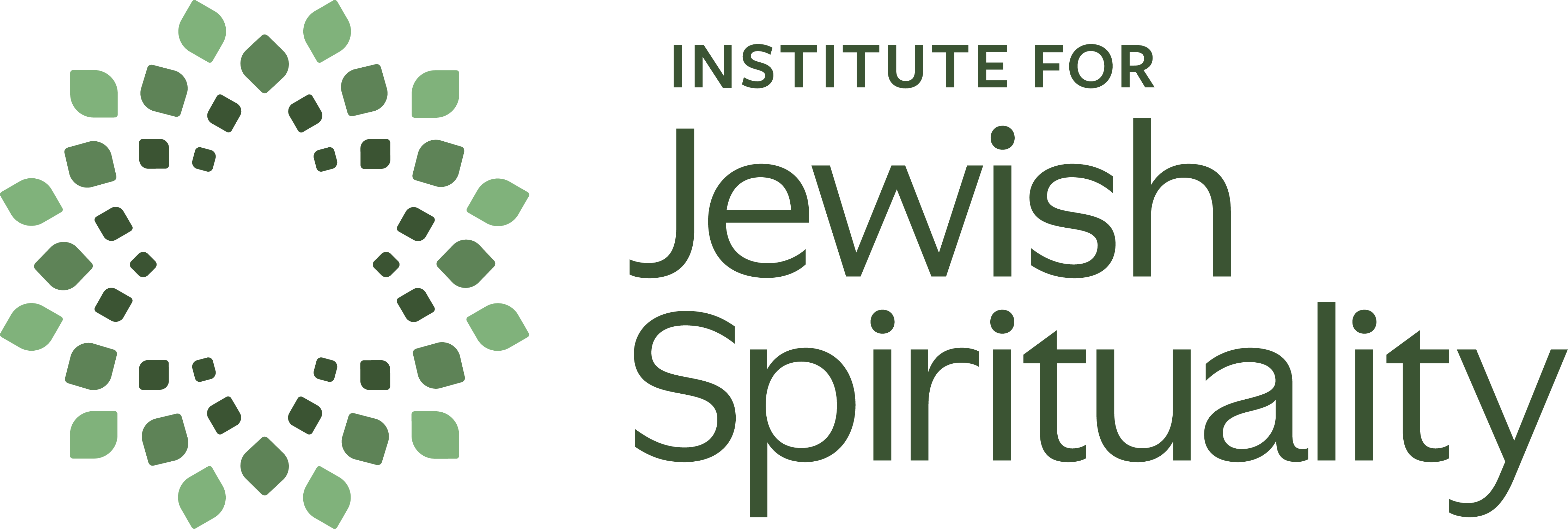
Many of us have come to recognize the symbolic power of the lights of Hanukkah. Hanukkah begins on the 25th of Kislev, which means around the last five days of the lunar month. Particularly when the festival falls later in December, it coincides with the winter solstice, the longest night of the year. When you combine the longest nights with waning of the moon at the end of the lunar month, when it does not appear in the night sky, you get some VERY DARK nights. It is precisely then that we light Hanukkah candles. Moreover, following the teaching of the School of Hillel, we increase the number of candles each night. So, just as the world is getting darker (at least here in the northern hemisphere), we are bringing more and more light.
But the months following Kislev are pretty dark themselves. And that darkness, and its persistence, is reflected in the Torah readings at this time of year. Hanukkah will always coincide with the Joseph story, and always with him in the “pits”. We either conclude Vayeshev with Joseph in prison, or begin Mikketz with him still there. While we witness Joseph’s rise to power, we also experience his ongoing conflict with his brothers. And when that is overcome, we suffer the death of Jacob and then Joseph in Egypt – and anticipate the slavery to come.
Furthermore, the mystical tradition identifies the weeks of first six readings of the book of Exodus as a time when negative forces prevail in the world. These weeks extend through the Hebrew months of Tevet, Shevat and into Adar. We can imagine why this might be: after all, everyone is cooped up inside, and possibly stir crazy. The weather outside is harsh, physically difficult to deal with, and hazardous to health. These months also coincide with the first six weeks of the book of Shemot (Shemot, Va’era, Bo, Beshallach, Yitro, Mishpatim). Using the initial letters of these parshiyot we can spell the word ShOVeVIM, signifying that which is wild, transgressive, backsliding. So, from the beginning of the Joseph story through to the crossing of the Sea in Beshallach, we have been living in darkness, inside and out.
So, even though we lit lights on Hanukkah, the weeks and months that follow are shadowed and dangerous, spiritually challenging and potentially dispiriting. Yet, the lights of Hanukkah are not forgotten. By the first week of Adar, just at the end of this beclouded period, we come to Moses’ birthday, 7 Adar. The midrash (Ex.R. 1:20) claims that when Moses was born the house filled with light. This was the light of Creation, the light hidden away in Torah to be revealed to us by Moses, and from which we can always find light. Although this light was “hidden away for the righteous” in the world-to-come, the Zohar claims that were it not for this lights constant radiance the world could not exist.
So, when we light the Hanukkah lights we are not only dispelling the darkness around us during that very dark week. We are bringing light into our hearts and souls to sustain us through a very dark time, so that we ultimately might taste freedom at Passover. And, this is true not only at Hanukkah, but all year round. At any moment we can turn inward to touch our own vitality, to sense the breath moving in the body, to recognize our capacity to perceive light even in the darkness, and to know that redemption will come.
With wishes for a beautiful holiday,
Rabbi Jonathan Slater
